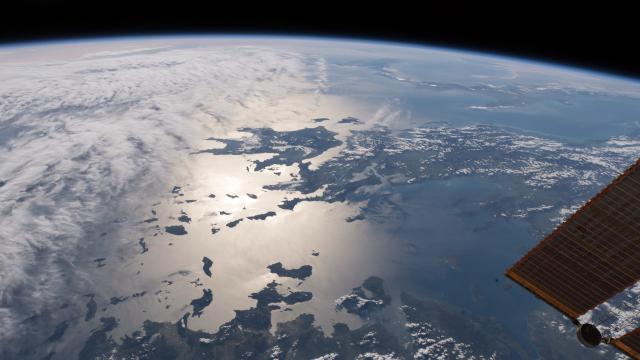In what will undoubtedly be the largest genomic sequencing effort of all time, an international consortium of researchers is organising a massive effort to collect and sequence the DNA of Earth’s 1.5 million known eukaryotes, the domain of organisms that includes animals, plants, and fungi.
It is a historically ambitious undertaking, akin to the Human Genome Project, the 13-year effort that began in 1990 to identify and map all of the genes that make up human DNA. In sequencing more than a million of Earth’s species, researchers hope that the project, dubbed the Earth BioGenome Project, can help to save endangered species around the world.
The plans were announced earlier this year at the World Economic Forum, but this week the plan is detailed in the Proceedings of the National Academy of Sciences.
“Increasing our understanding of Earth’s biodiversity and responsibly stewarding its resources are among the most crucial scientific and social challenges of the new millennium,” the researchers wrote. “These challenges require fundamental new knowledge of the organisation, evolution, functions, and interactions among millions of the planet’s organisms.”
As of last fall, the sequenced genomes of only 2,534 unique eukaryotic species appeared in the National Center for Biotechnology Information. There are 1.5 million known species of eukaryotes on Earth. That means that so far, we’ve sequence less than 0.2 per cent of our planet’s known complex life. To boot, it is estimated that there are somewhere between 10 and 15 million more unknown unique eukaryotes on Earth.
Genomic sequencing technologies have improved vastly since the days of the Human Genome project. According to the National Human Genome Research Institute, which tracks the costs of sequencing, in 2001 the cost of sequencing a whole human genome was somewhere around $US100,000. Today it’s about $US1,000.
Sequencing the first human genome cost about $US2.7 billion. Now, sequencing the DNA of a new species for the first time costs an average of about $US30,000.
Researchers estimate that the Earth BioGenome Project will take 10 years and cost $US4.7 billion to sequence all 1.5 million organisms. The central goal of the project is to understand the evolution and organisation of life on our plant by sequencing all known complex species. It also hopes to unearth some of those millions of unknown species of eukaryotes, most of which are single-cell organisms, insects, and small ocean animals.
The estimated 1 billion gigabytes of data that the project produces will be made freely available. It will inform many of the major issues facing our planet, including characterising the impact of climate change on biodiversity. Goals of the project also include using the information gathered to develop new therapies for disease, new biofuels, and new biomaterials that could benefit humans.
Currently, scientists estimate that Earth is on track to lose more than half of all species by the end of the century. So let’s hope that hidden in all those gigabytes of DNA, there are some hints on how to save them.
